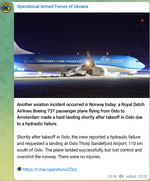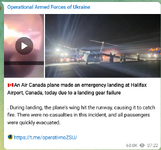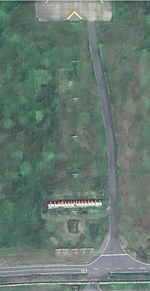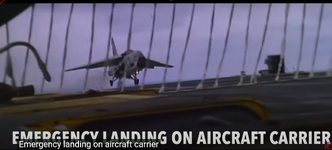LittleInch
Petroleum

All but two presumed dead after Jeju Air plane crash in South Korea – video
The Boeing 737-800 skid along the runway before hitting what appears to be a concrete barrier and bursting into flames at Muan airport in South Korea.
Looks like a near text book landing wheels up until they hit a rather oddly placed concrete wall.
Only two survivors.









![[thumbsup2] [thumbsup2] [thumbsup2]](/data/assets/smilies/thumbsup2.gif) I am cautiously optimistic.
I am cautiously optimistic.